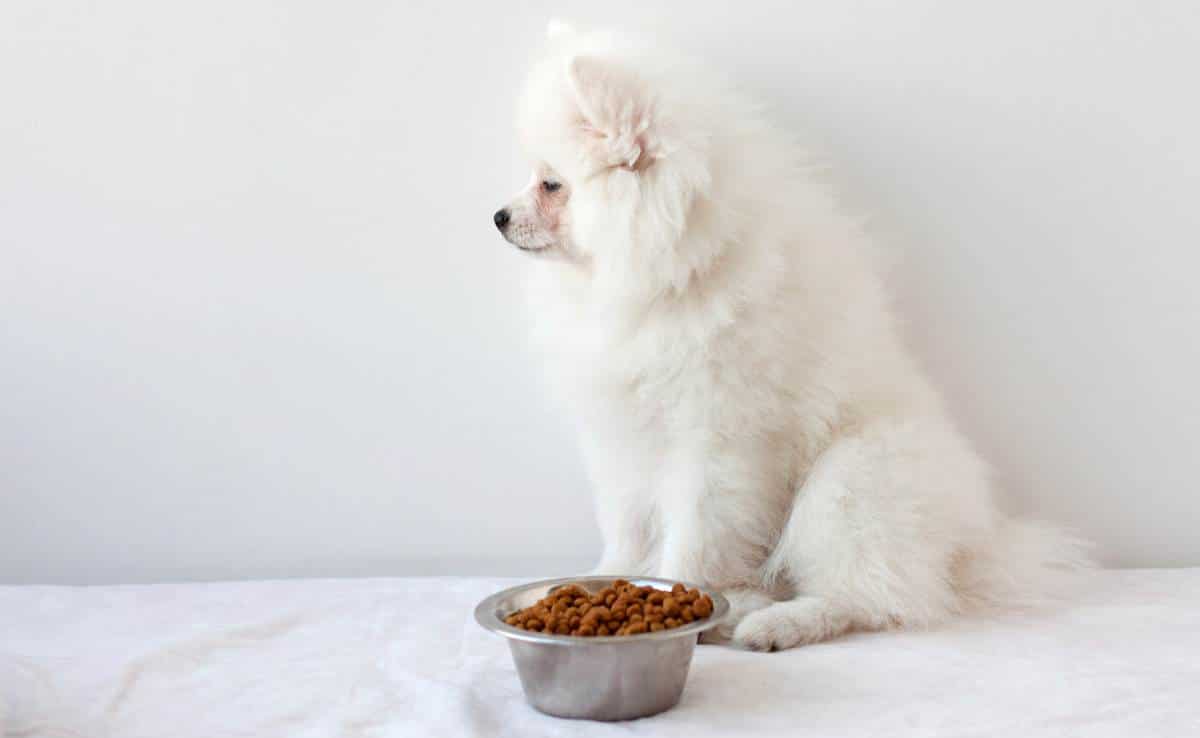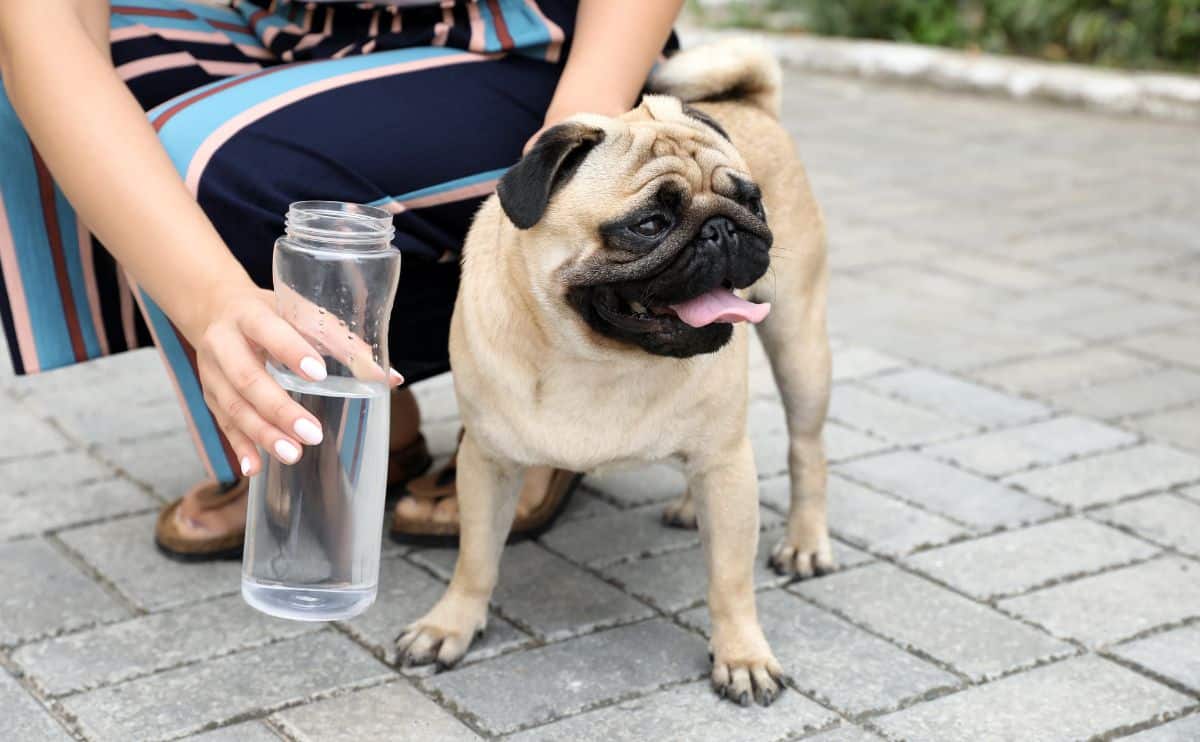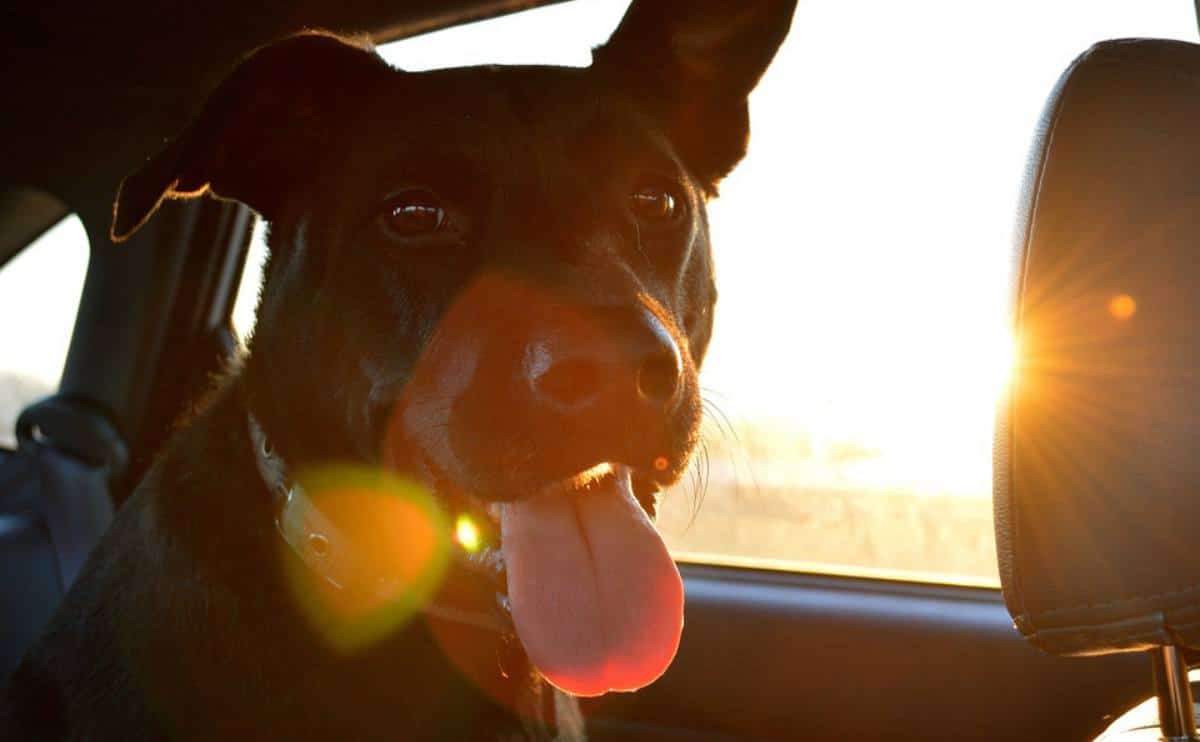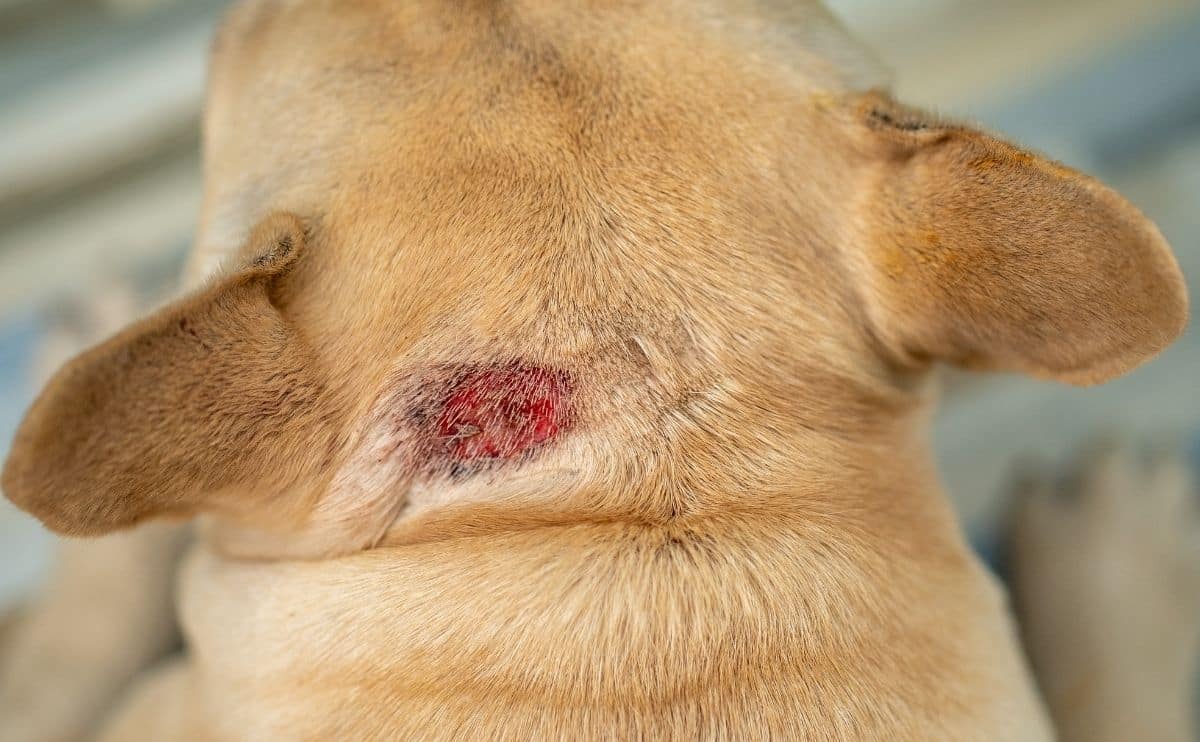Blocked And Loaded: Tactical Solutions For A Constipated Canine
When you purchase through links on our site, we may earn a commission. Here’s how it works.
Red alert. We have a Code Brown. Your dog’s digestive system is officially on strike, and the usual evacuation protocols have failed. The backyard remains untouched. The battle against bowel blockage has begun, and you are the chosen commander for Operation Free the Feces.
Table of Contents

Your objective? Deploy reinforcements, neutralize the threat, and restore normal operations before disaster strikes. Move fast, soldier—your carpets are counting on you.
Enemy Identification: What’s Causing This Crisis?
Every crisis has a cause. Before we launch a counteroffensive, we must first identify the perpetrator. Our intelligence reports suggest multiple high-risk threats to your dog’s digestive system.
Common causes of constipation in dogs include:
- Aging and mobility issues – Older dogs with arthritis or hip issues may struggle to squat correctly, leading to less frequent bowel movements.
- Blocked anal glands – If the exit route is compromised, nothing gets through.
- Dehydration – Without enough water, the digestive system grinds to a halt.
- Foreign object ingestion – Toys, grass, socks, or other non-food items could be clogging the system.
- Hernias – A physical obstruction could be stopping waste in its tracks.
- Lack of exercise – Movement keeps digestion running smoothly. A lazy pup is a backed-up pup.
- Low fiber intake – The stool has no structure without fiber, making it harder to pass.
- Medication side effects – Some drugs slow digestion, turning a smooth operation into a bureaucratic nightmare.
- Neurological issues – In some cases, nerve problems can disrupt bowel movements. If the nerves aren’t firing, the troops aren’t moving.
- Stress-induced digestive shutdowns – Anxiety can lock up the whole operation.
- Sudden dietary changes – An unplanned menu swap can confuse the system and slow digestion.
- Too much bone in the diet – Excess calcium from bones can create a rock-solid blockage.
- Underlying health conditions – Issues like an enlarged prostate, tumors, or kidney disease can all cause constipation.
Confirming The Threat: Symptoms Of A Full-Blown Code Brown
Constipation in dogs isn’t always apparent at first, but knowing the warning signs can help you intervene before it escalates into a serious health issue. Pay close attention to your dog’s behavior, bathroom habits, and any changes in their energy levels. If your pup seems uncomfortable, restless, or exhibits any of the following symptoms, it’s time to take action:

- Decreased appetite – A loss of interest in food can signal discomfort
- Excessive squatting – Frequent attempts with no results
- Releasing tiny amounts of watery feces – A false alarm with no solid results
- Scooting – An attempt to relieve discomfort, often associated with anal gland issues
- Small, dry, pebble-like stool formations – A telltale sign of dehydration or fiber imbalance
- Straining or whimpering – Sounds of effort, but nothing to show for it
- The infamous “circling with no payload drop” maneuver – The digestive system is stuck in a holding pattern
- Vomiting due to backup pressure (extreme cases) – A sign that the blockage is causing distress beyond the digestive tract
If you notice any of these symptoms, contact your vet to determine the cause and discuss the best course of action. In some cases, home remedies may provide relief, while in others, professional intervention may be necessary.
If your dog has been attempting to poop for more than 48 hours without success, this is a confirmed emergency. Visit your vet right away.
Tactical Countermeasures: Deploying Reinforcements
The enemy is dug in, but we have multiple weapons at our disposal. Your mission: deploy the right tool for the job.
Treating dog constipation depends on the underlying cause. However, in most cases, it’s easily treatable and clears up quickly. Lack of fiber is a common culprit. Adding more fiber to your dog’s diet can help, but be sure to give your dog plenty of water (too much fiber and a lack of hydration can cause or worsen constipation).

When in doubt, it’s always best to consult your vet to determine the cause and discuss the best solution.
The following sections cover common home remedies, over-the-counter solutions (laxatives, stool softeners), and anxiety supplements that may help relieve your dog’s constipation.
The Secret Weapon: Pumpkin
Pumpkin is the secret weapon of the digestive battlefield. Packed with fiber and moisture, it blends seamlessly into your dog’s food—an undercover agent against constipation.
Mission protocol: Mix 1-2 tablespoons of plain canned pumpkin (not pie filling) and monitor results. You can also use powdered pumpkin, like Raw Paws 100% Organic Pumpkin Powder. This digestive supplement can help keep your dog regular and even relieve gas.
Lubrication Agents: Oils
If fiber alone isn’t enough, it’s time for lubrication. A teaspoon of olive oil or coconut oil can help slide things along and ease constipation. Proceed with caution—too much oil can trigger an uncontrolled Code Brown.
You may already have salmon oil or another omega-3 fish oil supplement at home, which can also fight constipation. Additionally, fish oil> provides numerous benefits for your dog’s brain, heart, skin, coat, and joints. Adding a small amount to your dog’s diet may help keep things moving while promoting overall wellness.
The Intelligence Team: Probiotics
A team of live bacteria may sound like a biological attack, but trust us, these probiotic agents are working for the good guys. They restore balance and prevent future constipation-related mutinies. Deploy a high-quality dog probiotic daily for gut stability and long-term immune defense.
Hydration Warfare: Water, Broth & Cubes
This block has encountered an error and cannot be previewed.
- Ice cubes – A cooling way to trick your pup into drinking more
- Low-sodiumbone broth – A sneaky yet effective hydration booster
- DIY hydrating treats – Make yummy frozen treats using a silicone mold and dog-approved ingredients like blueberries, bone broth, coconut water, or juiced watermelon
Emergency Rations: Over-The-Counter & Prescription Laxatives
When all else fails, over-the-counter and prescription remedies may be necessary:
- Lax’aire – A petroleum-based laxative and lubricant used to stimulate bowel movement and soften stools
- Lactulose – A mild sugar-based laxative that pulls water into the colon to ease stool passage (prescription required)
Do not use human laxatives without veterinary approval—some can be toxic to dogs.
Calling In Reinforcements: When To Contact The Vet
If your dog hasn’t pooped in more than 48 hours, or if you notice signs of severe discomfort, it’s time to bring in the specialists. This is not a negotiation—this is a full-scale escalation.

Additional warning signs include:
- Persistent vomiting (the digestive system is pushing back)
- A bloated or painful abdomen (a sign of a possible obstruction)
- Lethargy or weakness (system-wide distress)
- Repeated, unproductive straining (nothing is moving, and it’s getting worse)
Thankfully, your vet has access to advanced weaponry to resolve the crisis, including:
- Enemas – A high-powered, controlled flush to clear the pipeline.
- Manual extraction – When all else fails, a hands-on approach may be required (yes, it’s as bad as it sounds).
- Surgery (extreme cases) – Surgical removal may be the only solution if a physical obstruction is confirmed.
Do not attempt an at-home enema unless directed by your vet. A wrong move here can worsen the situation or cause serious injury.
Mission Success: How To Prevent Future Constipation
Congratulations, soldier. You’ve successfully navigated a high-risk situation, but your work isn’t done. If your dog is prone to bouts of constipation or hardened stool, there are several things you should consider to keep his digestive system regulated and improve his overall health.

To reinforce Operation Free the Feces and prevent future constipation crises, deploy the following preventative measures:
Daily Exercise Drills
Movement plays a vital role in digestion by helping stool move efficiently through the intestines. Ensure your dog gets at least 30 minutes of activity daily through brisk walks, fetch, swimming, or interactive play sessions.
For older or less active dogs, light movement, such as strolling around the yard or gentle stretching, can help keep their bowels on schedule.
Fight Psychological Warfare
Stress-induced constipation is a real threat. If your dog tends to tense up in new environments or changes in routine, consider stress-management reinforcements.
CBD treats or oils can help calm anxiety and reduce physical tension, while calming supplements containing L-theanine, chamomile, valerian root, and other natural ingredients may also be effective.
Exercise and mental enrichment also play a critical role—a tired dog is a relaxed dog. Daily walks, puzzle toys, and consistent routines can keep stress levels low and digestion moving smoothly.
Hydration Checkpoints
Dehydration is a silent saboteur in the battle against constipation. Always ensure your dog has fresh, clean water available at all times. Stick to a stainless steel or ceramic bowl for easy cleaning.
Consider a dog water fountain so your dog has a constant supply of fresh, clean water. Some dogs enjoy the motion of trickling water and may be more inclined to drink when given this option over a standard water bowl.
Some pups need even more encouragement to drink, so consider adding water enhancers (like Nulo Hydrate) to their water bowl. Switching to wet food or adding water to their dry kibble to boost moisture intake is also a great option.
Probiotic Security Detail
A well-regulated gut is a dog’s first line of defense against digestive issues. Probiotics introduce beneficial bacteria to the digestive system, helping maintain a healthy balance. Incorporate probiotic-rich foods like kefir, goat’s milk, or plain yogurt into your dog’s diet to promote regularity.
Some dog-specific probiotic supplements contain extra constipation-busting ingredients. For example, Pet Honesty’s probiotic treats contain probiotics, digestive enzymes, and pumpkin to support your dog’s overall digestion.
Regular Fiber Reinforcement
Fiber keeps things moving by adding bulk and moisture to the stool. If your dog’s diet is low in fiber, consider incorporating:
- Pumpkin – A tasty, fiber-rich addition to any meal
- Psyllium husk – A natural fiber supplement that helps bulk stools
- Leafy greens, cooked carrots, or sweet potato – Easy-to-digest fiber sources that can be mixed into meals
Routine Vet Reconnaissance
Regular vet visits help ensure that underlying health conditions aren’t contributing to constipation. Discuss your dog’s digestive health during checkups, ask about dietary recommendations, and consider a stool sample analysis to rule out parasites or imbalances.
With the right strategy, you can successfully de-escalate Code Brown and restore order to your dog’s digestive system. Stay vigilant, pet parent. Mission accomplished.

Frequently Asked Questions
When it comes to canine constipation, pet parents have plenty of questions. Whether you’re wondering how long your dog can go without pooping, searching for quick home remedies, or trying to figure out why your pup is acting normal but still not going, we’ve got you covered.
Here are the answers to the most common constipation-related concerns. Don’t see yours? Ask us in the comments.
Why Is My Dog Not Pooping But Acting Normal?
If your dog is eating and behaving normally but hasn’t pooped in 24–48 hours, mild constipation may be the cause. Try fiber (pumpkin), hydration, and light exercise. If it extends past 48 hours, consult your vet.
What Are The Best Dog Constipation Home Remedies?
Pumpkin, a healthy oil, probiotics, hydration, and light exercise are the top home remedies. If these don’t work, ask your vet about dog-safe laxatives.
How Long Can A Dog Go Without Pooping?
Most dogs poop at least once a day. If they haven’t pooped in over 48 hours, monitor for signs of discomfort. If they reach 72 hours or more, call your vet.
How Can I Make A Dog Poop Quickly?
Encourage movement with a long walk, feed a small amount of canned pumpkin or olive oil, and ensure they’re hydrated. A belly rub or gentle rectal stimulation (using a vet-approved method) can also help.
Changing Dog Food
If your dog battles with constipation or other digestive problems, you may want to talk to your vet about changing his dog food. Switching to a well-balanced, nutrient-rich dog food could ease your dog’s constipation and boost his overall health. We review several dog food delivery services, some of which offer fresh, all-natural dog food that you can customize based on your pup’s individual health needs.
Why Trust Canine Journal?
Sally has over 20 years of experience in human health sciences communications, including more than 10 years as an expert on pet health conditions and treatment. She’s part of a team of dedicated canine professionals and long-time dog owners at Canine Journal. We test and research the best pet products, not only for our own pups but for all of our readers.


